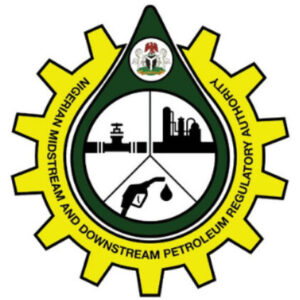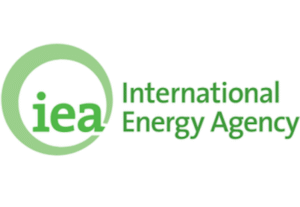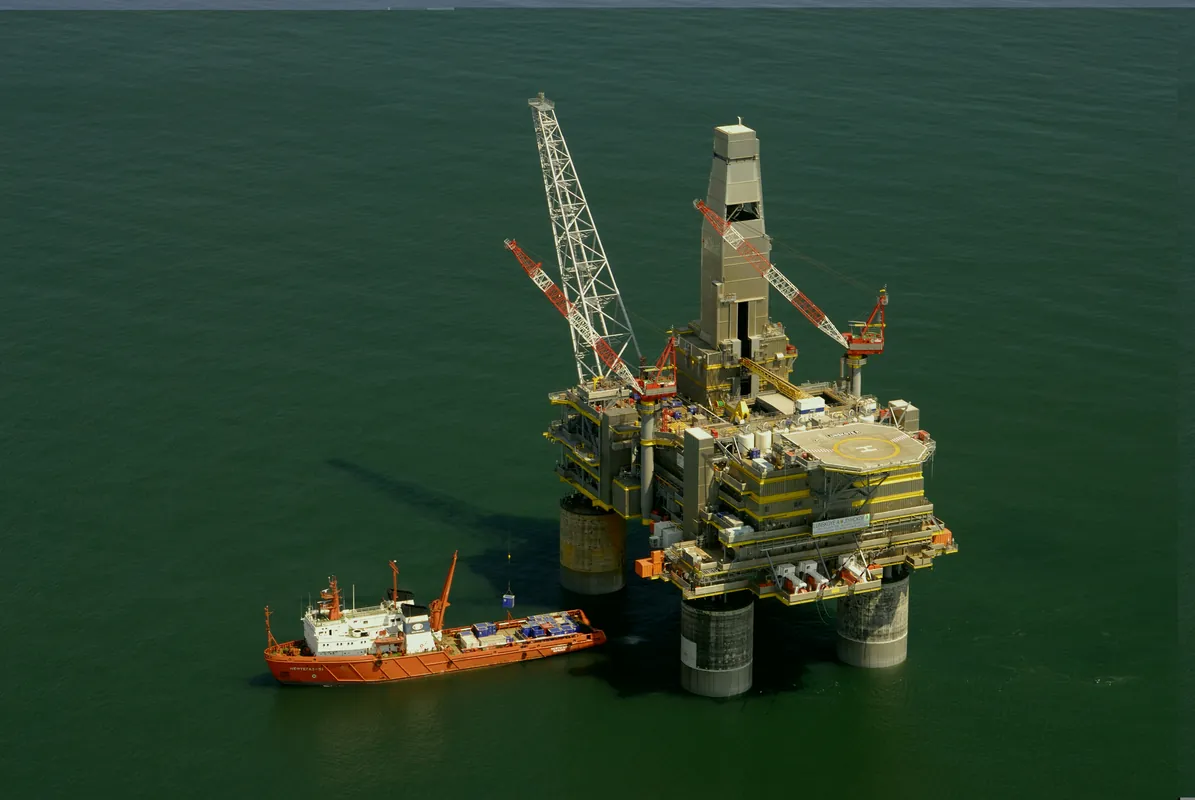Despite the wide infrastructure gap in Nigeria’s gas sector, last year, the upstream segment of the industry delivered a significant 77 per cent of its Domestic Gas Delivery Obligation (DGDO) as enshrined in the Petroleum Industry Act (PIA) 2021.
New data from the 2024 Annual Report of the Gbenga Komolafe-led Nigerian Upstream Petroleum Regulatory Commission (NUPRC), also showed that during the year, 2.511 Trillion Cubic Feet (TCF) of Gas was produced.
Besides, out of the 2.511 Tcf of gas produced, Joint Venture (JV) companies contributed 1.489 Bcf (59.30 per cent), Production Sharing Contract (PSC) companies produced a total of 0.660 Bcf (26.29 per cent), Sole Risk (SR) companies had an output of 0.255 Bcf (10.17 per cent), while Marginal Fields (MF) produced a total of 0.106 Bcf (4.24 per cent).
However, this was achieved amid Nigeria’s gas infrastructure deficit, which remains one of the most critical barriers to unlocking the full potential of the country’s vast natural gas reserves.
Despite having over 210 Tcf of proven gas, which is Africa’s largest, development has been hampered by a chronic lack of infrastructure across the value chain, from production to distribution and utilisation.
Gas processing capacity is also underdeveloped as many upstream facilities lack the infrastructure to process associated gas from oil production. This leads to significant flaring, particularly in the Niger Delta, where energy is wasted instead of harnessed for power or export.
In terms of domestic gas consumption in Nigeria, the power sector largely dominates, followed by the industrial sector, and then the refining sector as well as the petrochemical sector and residential, commercial, as well as transport uses.
In the just-released report, the NUPRC listed the challenges militating against DGDO performance to include: Inadequate in-country gas infrastructure and interconnectivity; gas transmission pressure challenges; unreliability of the off-takers in taking allocated nominations; frequent outages as well as gas inventory challenges.
In terms of grid power infrastructure constraint, it listed the issues as: challenges with transmission grid capacity and reliability and rejection of power load by power distribution companies, leading to reduced gas offtake.
The NUPRC also mentioned security issues as a key challenge, including vandalism and theft in the Niger Delta area affecting liquid evacuation and gas production, for example on the Trans Niger Pipeline (TNP) and the Nembe Creek Trunk Line (NCTL).
At an estimated daily average production of 6.86BCF per day during the year under review, the production figure represented a slight increase of about 0.53 per cent compared to the previous year, 2023.
The daily average associated, and non-associated gas production stood at 3.924 BCF/D and 2.938 BCF/D, representing 57.2 per cent and 42.8 per cent respectively, the report showed.
At the just concluded Nigeria Oil and Gas (NOG) week, industry players brainstormed on how Nigeria can effectively harness its gas resources, but acknowledged that things had begun to look up for the sector.
Nigeria’s premier gas distribution company, Shell Nigeria Gas (SNG) identified development of infrastructure and regulatory and fiscal stability as key drivers for the development of Nigeria’s gas resources.
“Major investments are required to develop large scale infrastructure along the gas value chain , including pipelines, gas processing plants, gas distribution networks as well as human capacity development,” SNG Managing Director, Ralph Gbobo, said.
In the same vein, Gbobo said that a stable and transparent regulatory and fiscal regime was essential to creating a predictable and secure operating environment which enhances investor confidence.
On its part, Nigeria LNG argued that natural gas holds the key to accelerating Nigeria’s development, but only if stakeholders across the value chain embrace a culture of performance and integration to drive real, measurable results.
Chief Executive Officer of NLNG, Philip Mshelbila, underscored the pivotal role of gas in the evolving global energy mix and highlighted the urgent need to build a performance-driven, collaborative ecosystem that can unlock Nigeria’s vast gas potential.
“Nigeria has abundant gas reserves, but having gas is only the beginning. You must be able to find it, produce it economically, transport it to where it will be liquefied, and then ensure there’s a complete value chain to support delivery,” Mshelbila said.
But of the total 2.5 Tcf produced in 2024, the NUPRC data showed that a total of 2.317Tcf (92.26 per cent) was utilised, 0.193Tcf (7.64 per cent) was flared while 0.003Tcf (0.1 0 per cent) was reported by Agip and TotalEnergies as shrinkage. These volumes were produced by 48 oil and gas companies, the data indicated.
It stated that gas utilisation by the companies were for in-house consumption including for fuel, gas lifting, injection for pressure maintenance or storage and sales to either the domestic or export markets.
Export sales, which was at 39.5 per cent of gas produced, it said, continued to trump the domestic market (28.7 per cent gas produced) which is indicative of the historical challenges confronting the domestic gas sector.
In the same vein, a total of 0.1918 Tcf (7.64 per cent) was flared, representing 0.28 per cent difference compared with the 7.36 per cent flaring recorded the previous year, while the rest was re-injected by the companies.





